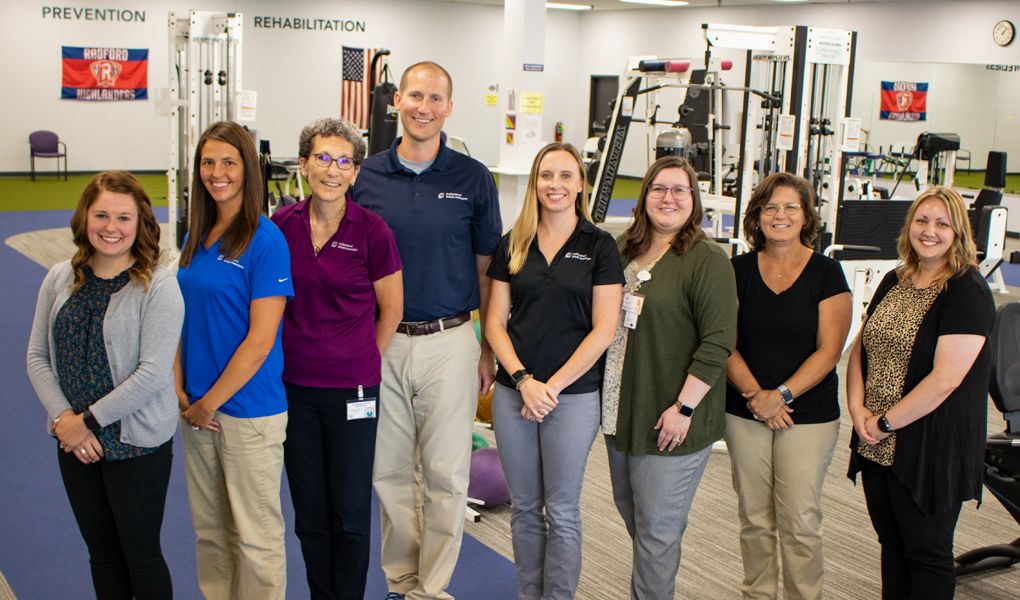
Acute traumas in athletics can occur suddenly and often lead to serious problems for athletes. These traumas can vary from twists and tears to fractures and concussions. To help prevent these traumas, it is crucial to adopt targeted preventive strategies. These strategies concentrate on education, proper training, equipment use, and overall well-being maintenance. By tackling these important areas, athletes can significantly reduce their risk of suffering from acute traumas while engaging in their favorite sports.
One effective method to minimizing the likelihood of injuries is through education. Athletes, trainers, and guardians should be educated about the common types of injuries associated with specific activities. Comprehending the dynamics of these injuries allows everyone to recognize the signs and signals early. Informative workshops or seminars can help teach players about correct techniques and the significance of warming up before matches or training sessions. This understanding empowers athletes to take charge for their well-being and encourages them to communicate any worries about possible injuries.
Another important protective strategy is adequate training. Athletes should participate in a comprehensive training program that focuses on building strength, flexibility, and endurance. Strength conditioning assists build the muscle groups that stabilize joints, reducing the chances of traumas. Flexibility exercises, such as stretching, can enhance the scope of motion and decrease the chance of muscle tears. Additionally, players should integrate sport-specific drills that simulate game situations, which can help them become more acquainted with the movements involved in their chosen activity. Trainers play a crucial role in designing and executing these conditioning programs to ensure they are safe and effective.
The use of suitable equipment is also vital in reducing acute traumas in sports. Players should consistently wear the appropriate gear for their particular activity, including helmets, pads, and proper footwear. For instance, gridiron players need helmets to protect against head traumas, while football players require shin guards to shield their legs from collision. It is crucial that equipment is fitted correctly and is maintained regularly to ensure it provides the necessary protection. Coaches and guardians should encourage players to take the time to choose and use the right gear to reduce their risk of trauma.
In addition to education, preparation, and equipment, click here for more maintaining overall well-being is crucial for injury avoidance. Athletes should emphasize proper nutrition, hydration, and rest to keep their bodies in top shape. A nutritious diet rich in vitamins and minerals helps facilitate muscle recovery and overall athletic performance. Staying hydrated is also crucial, as dehydration can lead to fatigue and heighten the risk of traumas. Lastly, getting enough sleep is crucial for recovery and maintaining focus during training sessions and matches. By promoting good well-being habits, athletes can improve their performance and reduce their risk of suffering from acute traumas.
In summary, reducing the risk of acute injuries in sports requires a multifaceted method that includes awareness, adequate preparation, suitable gear, and overall well-being maintenance. By concentrating on these specific protective strategies, players can better protect themselves from the dangers of injuries. Coaches, parents, and athletes all have important roles to play in fostering a safe sports environment. By working together and prioritizing safety, the enjoyment of sports can continue without the disruption of serious traumas.